
8 Weird Facts About Sharks
Introduction

From glowing underwater to hunting with whips of the tail, sharks are fascinating and weird creatures. Here are eight strange facts about sharks.
The megamouth shark

One of the rarest sharks is the megamouth shark (Megachasma pelagios, meaning "giant mouth of the deep"). Fewer than 100 specimens of the beast have ever been seen. It was first discovered in in 1976 when struck by and tangled in the anchor of a Navy ship off Hawaii. The animal can grow up to 15 feet (4.6 meters) long and is a filter feeder, siphoning plankton from the water.
The cookiecutter shark
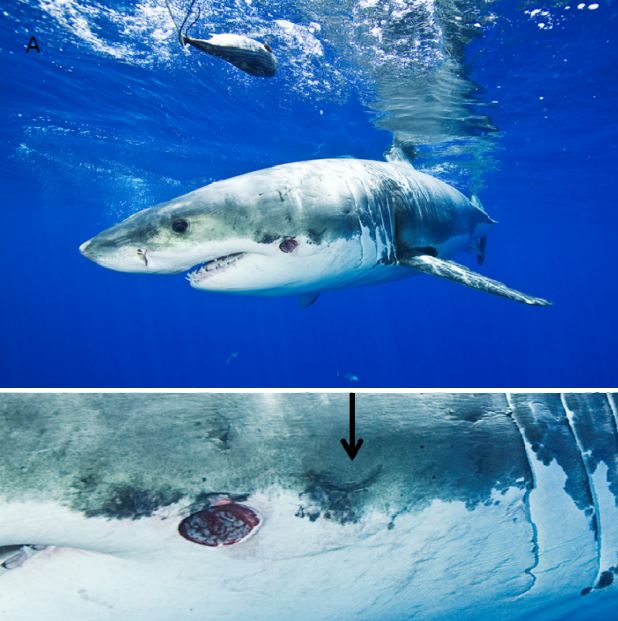
The cookiecutter shark can take ice-cream-scoop-shaped bites out of other sharks, including great whites, which are many times larger. They also have been known to bite holes in cables and other materials used by U.S. Navy submarines, which has necessitated a switch to a fiberglass, bite-proof coating.
Thick skin
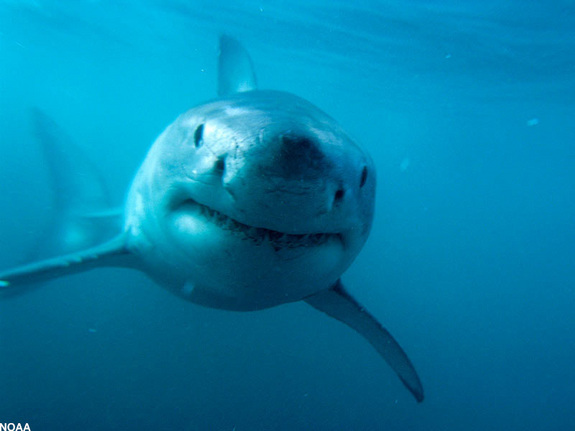
The skin of a female shark is much thicker than that of a male because males bite females during mating, said David Shiffman, a shark researcher and doctoral student at the University of Miami. Pregnant females appear to avoid males on migration routes in the eastern Pacific Ocean, perhaps to avoid being bitten, studies have shown.
Slow-moving killer
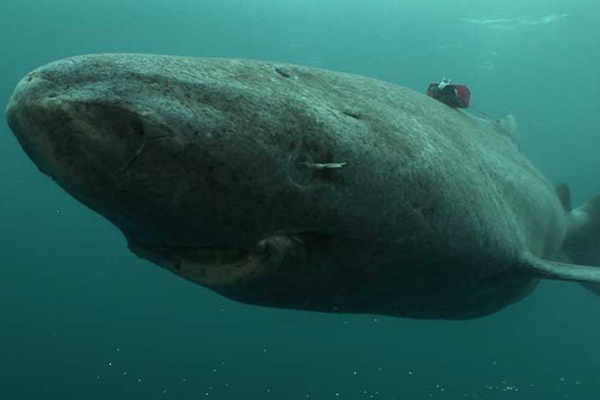
The Greenland shark is one of the slowest-moving fish ever recorded and has been found with reindeer, polar bears, and fast-moving seals in its stomach, Shiffman said. It's thought that Greenland sharks prey upon sleeping seals, which snooze in the water to avoid polar bears.
Cavity-proof teeth
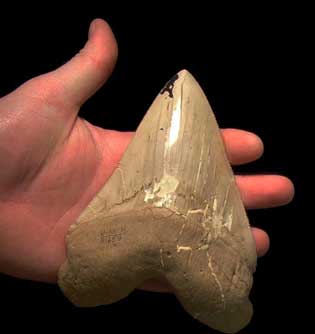
Shark teeth are covered in fluoride, making them cavity-resistant. One 2012 study published in the Journal of Structural Biology found that sharks' enamel is made up of a chemical called fluoroapatite, which is resistant to acid produced by bacteria. This, combined with the fact that most sharks replace their teeth throughout their lives, means that sharks have excellent dental health.
Glowing in the deep
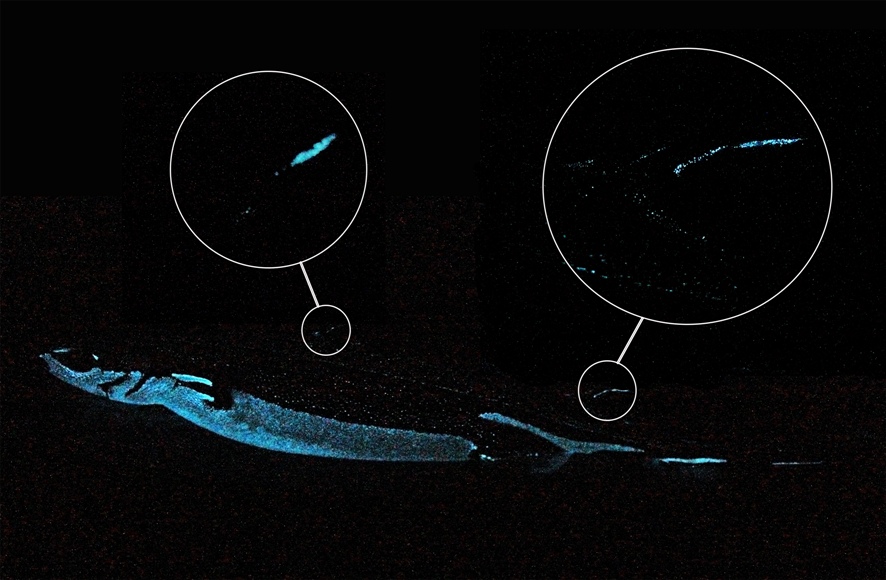
Lantern sharks can glow to disguise themselves in the deep ocean, producing and emitting the same amount of light as that which is filtering down from above; this way they don't create a "shadow." Velvet belly lantern sharks Velvet belly lantern sharks have glowing spines have glowing spines that may be used to ward off predators.
Get the world’s most fascinating discoveries delivered straight to your inbox.
Cloned sharks

Some captive female sharks have been known to reproduce without the aid of a male, essentially cloning themselves, Shiffman said. In 2001, a female hammerhead shark gave birth in the Henry Doorly Zoo in Nebraska without mating with a male, taking researchers by surprise. It's an example of parthenogenesis, wherein embryos can be created with external fertilization, and has been seen in all types of animals except for mammals.
Tail-whip hunting
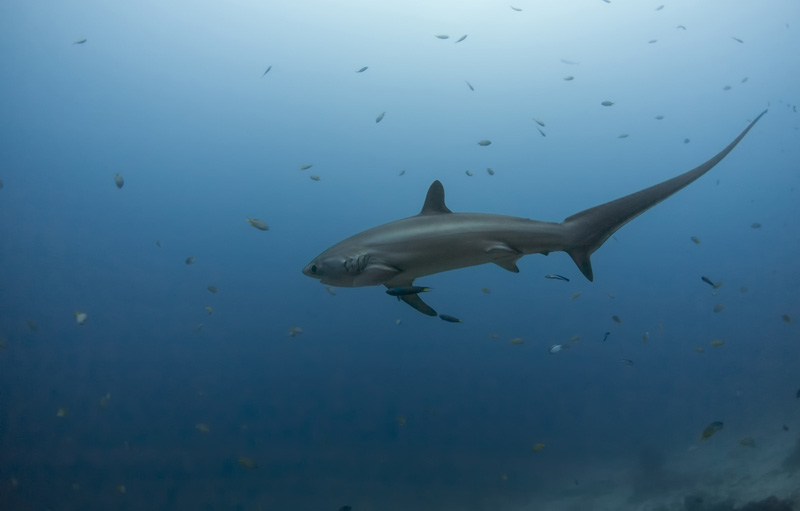
Thresher sharks can flail their tails to stun prey, cracking it like a whip, Shiffman said. The behavior was captured on film and described for the first time in a PLOS ONE study last month. The tail-whip also creates bubbles that can stun prey.

